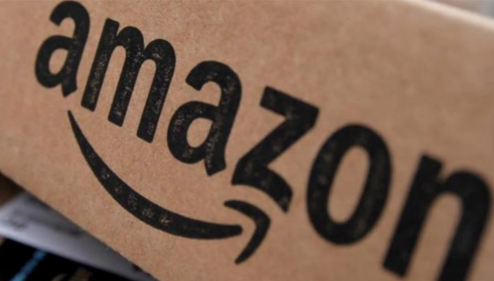The newly announced partnership between pharmaceutical giant Eli Lilly and e-commerce behemoth Amazon to enable direct-to-consumer medication delivery is sending shockwaves through the biotech and healthcare sectors. The deal, which allows customers to receive select Eli Lilly prescription drugs like diabetes, migraine, and weight-loss treatments via Amazon’s online pharmacy, represents a major shift in how pharmaceutical companies get products into the hands of consumers
For emerging biotech and healthcare companies watching this space, the Eli Lilly-Amazon partnership illuminates massive growth opportunities in the burgeoning direct-to-consumer pharmaceutical market. Cutting out the middlemen of insurance providers and brick-and-mortar pharmacies enables pharma companies to get closer to patients and potentially earn higher margins.
Under the partnership revealed this week, patients can receive Eli Lilly medications prescribed through the LillyDirect online platform or by their regular doctor, with Amazon handling the fulfillment and two-day delivery logistics. Axios’ Jacob Gardner points out this allows Eli Lilly “to reach more patients directly and sidestep more traditional pharmaceutical sales constraints.”
The collaboration helps both industry titans accomplish key objectives. For Eli Lilly, it expands their direct-to-consumer reach at a pivotal time following the approval of blockbuster weight-loss drug Zepbound last November. Amazon, meanwhile, continues growing its healthcare presence following the acquisition of PillPack and launch of Amazon Pharmacy in 2020.
Executives at emerging biotech and pharmaceutical companies would be wise to study this latest deal’s blueprint. By partnering with logistics giants like Amazon, FedEx, or UPS on the shipping side or digital health platforms on the consumer-facing end, they could unlock highly lucrative direct-to-consumer sales channels.
Beyond cutting out middlemen that take a cut of sales, direct-to-consumer pharma models can foster stronger patient relationships, bolster brand loyalty, and provide a wealth of data and analytics on consumer behaviors. Those insights allow companies to precisely tailor marketing and pricing strategies to drive further growth.
From the investor perspective, directly delivering cutting-edge treatments straight to patient doorsteps holds massive upside potential. Drug developers can keep more of the profits by circumventing insurance providers. But investing in the right direct-to-consumer pharmaceutical plays requires careful due diligence.
Investors need to scrutinize logistics capabilities, consumer marketing and branding strengths, and data analytics competencies in evaluating these emerging opportunities. The biggest winners will have a clear advantage in one or more of those mission-critical areas.
The overarching theme is clear – by cutting out the tangle of middlemen in the traditional pharmaceutical ecosystem, innovative companies embracing the direct-to-consumer model could potentially earn higher revenues, margins, and valuations. The ripple effects of the Eli Lilly-Amazon deal are likely just beginning for the healthcare investing space.
For investors willing to conduct thorough research and identify the pioneers, the emerging direct-to-consumer pharmaceutical market could birth the next generation of blockbuster biotech and healthcare companies.
